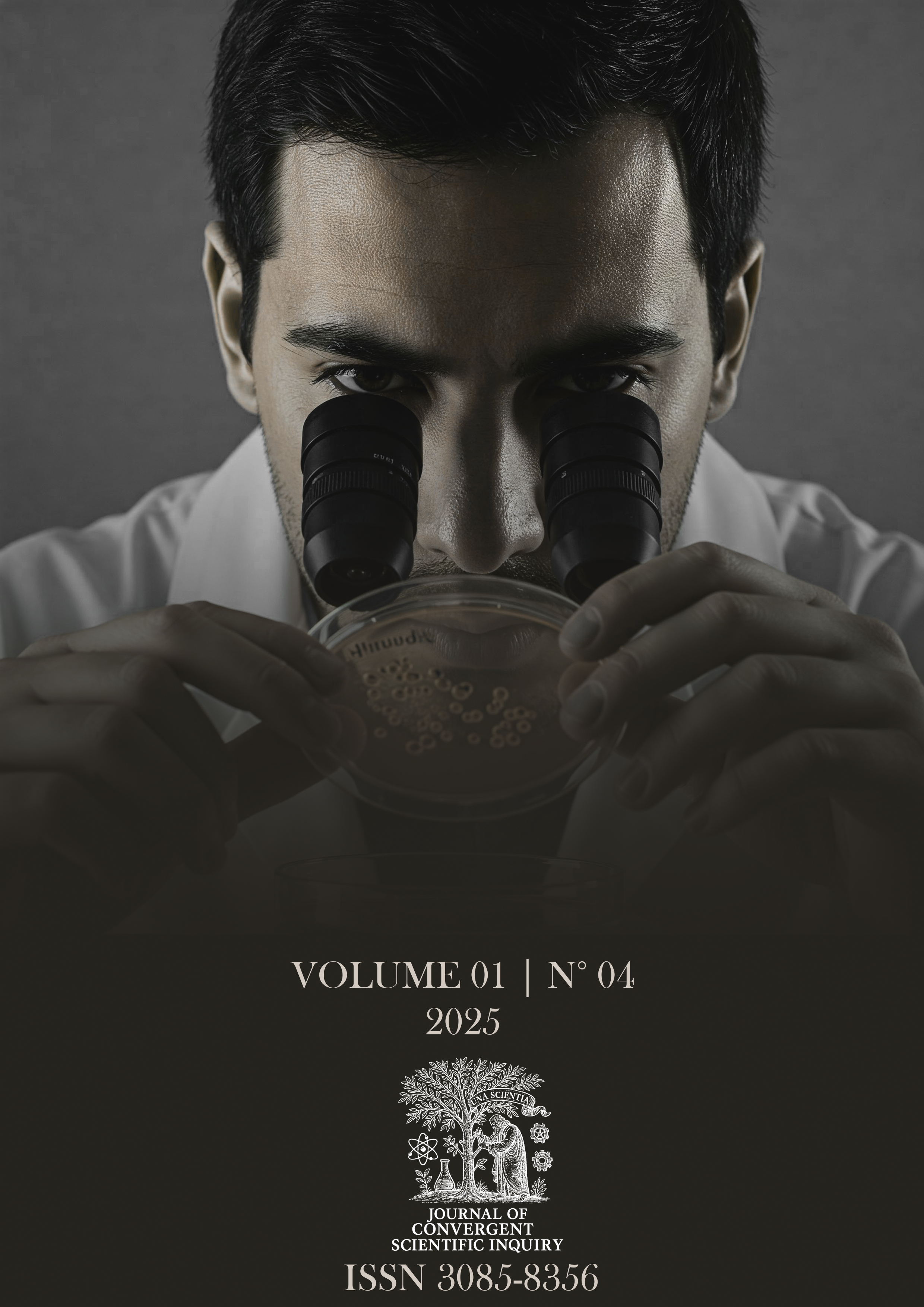Bioaccumulation of Environmental Contaminants in Women: Systemic Risks, Reproductive Vulnerability, and Public Health Surveillance Implications
https://doi.org/10.5281/zenodo.15807165
Keywords:
bioacumulação, toxicologia ambiental, saúde da mulher, disruptores endócrinosAbstract
Bioaccumulation of environmental contaminants in women is an emerging threat to public health, affecting reproductive, endocrine, and neurological systems. This integrative review analyzed systematic reviews focused on persistent toxic compounds—such as pesticides, heavy metals, and endocrine disruptors—highlighting their gender-specific effects in human females. The findings indicate distinct mechanisms of accumulation and toxicity influenced by female physiology, including higher adipose tissue, hormonal fluctuations, and critical vulnerability windows (pregnancy and lactation). Documented risks include infertility, cancer, hormonal imbalances, and transgenerational effects. The lack of gender-sensitive public policies and specific surveillance models for women limits institutional responses. This study recommends implementing biomonitoring strategies, territorialized regulatory policies, and the incorporation of gender-sensitive approaches in toxicological and public health assessments.
References
BIANCHI, S. et al. Association between female reproductive health and mancozeb: systematic review of experimental models. International Journal of Environmental Research and Public Health, v. 17, n. 7, p. 2580, 2020. DOI: 10.3390/ijerph17072580
FAKHRI, Y. et al. Systematic review and health risk assessment of arsenic and lead in the fished shrimps from the Persian gulf. Food and Chemical Toxicology, v. 113, p. 278–286, 2018. DOI: 10.1016/j.fct.2018.01.046
KERN, J. K. et al. Developmental neurotoxicants and the vulnerable male brain: a systematic review of suspected neurotoxicants that disproportionally affect males. Acta Neurobiologiae Experimentalis, v. 77, n. 4, p. 269–296, 2017. PMID: 29369294
VATHIOTIS, I. A. et al. Tinzaparin safety in patients with cancer and renal impairment: a systematic review. Clinical and Applied Thrombosis/Hemostasis, v. 27, p. 1–11, 2021. DOI: 10.1177/1076029620979592.
Downloads
Published
How to Cite
Issue
Section
License
Copyright (c) 2025 Journal of Convergent Scientific Inquiry

This work is licensed under a Creative Commons Attribution 4.0 International License.
Direitos de Publicação e Licença
Ao submeter um artigo à Journal of Convergent Scientific Inquiry (ISSN 3085-8356), o(a) autor(a) concede à revista o direito de realizar sua primeira publicação. A revista possui periodicidade mensal. Após a publicação, o conteúdo passa a ser distribuído sob a licença Creative Commons Attribution 4.0 International (CC BY 4.0), permitindo que terceiros utilizem, reproduzam e compartilhem o material, desde que forneçam o devido crédito à publicação original, conforme o seguinte modelo: “Publicado em Journal of Convergent Scientific Inquiry, DOI: [número]”. Mais informações estão disponíveis em: https://creativecommons.org/licenses/by/4.0/.
Solicitação de Retirada de Artigos
Caso o(a) autor(a) deseje retirar o artigo antes da publicação, deverá encaminhar solicitação por escrito para o Editor-Chefe no endereço eletrônico editoraljcsi@gmail.com, com antecedência mínima de 20 dias da data prevista de publicação online. Após esse prazo, ou caso o artigo já tenha sido publicado, a retirada será permitida apenas em situações excepcionais, como comprovação de plágio ou fraude, a critério da equipe editorial.
A Journal of Convergent Scientific Inquiry é publicada por Vítor Rocha Leitão, está localizada na Avenida Governador Hélio Gueiros, nº 100, Bairro Coqueiro, Ananindeua, Pará, Brasil, CEP 67120-949. Contato: editoraljcsi@gmail.com.





